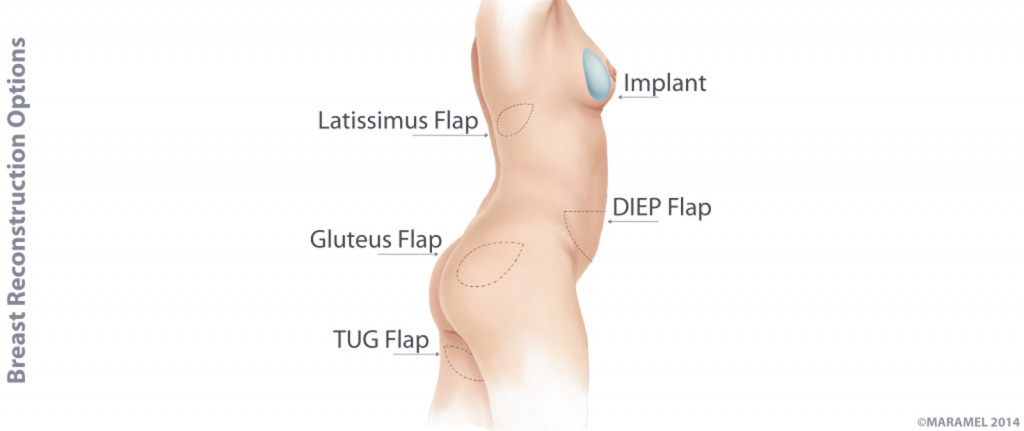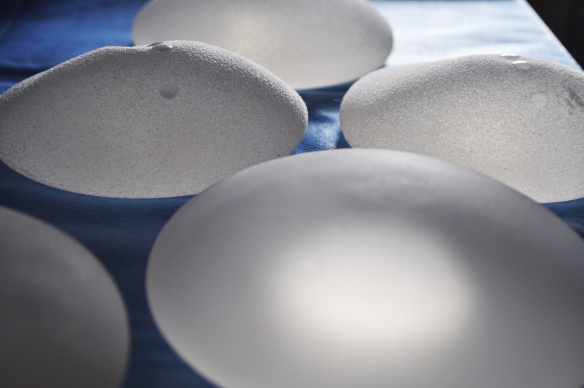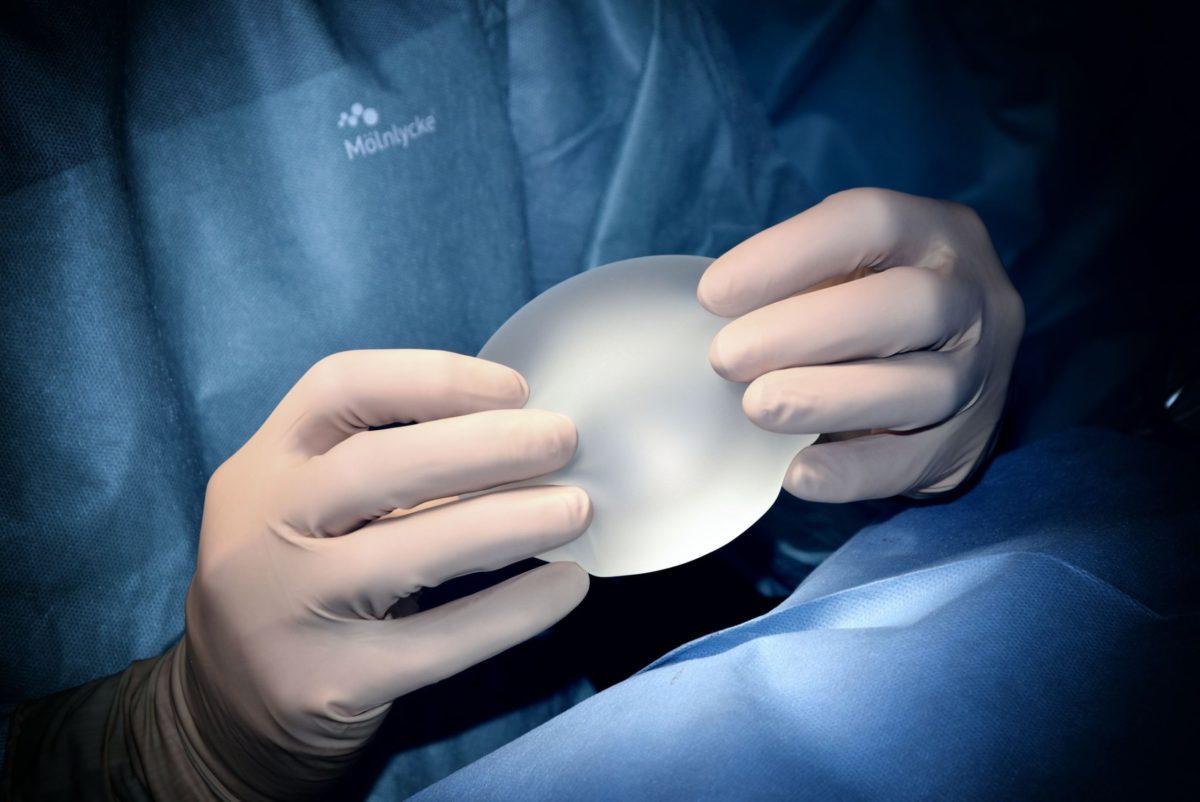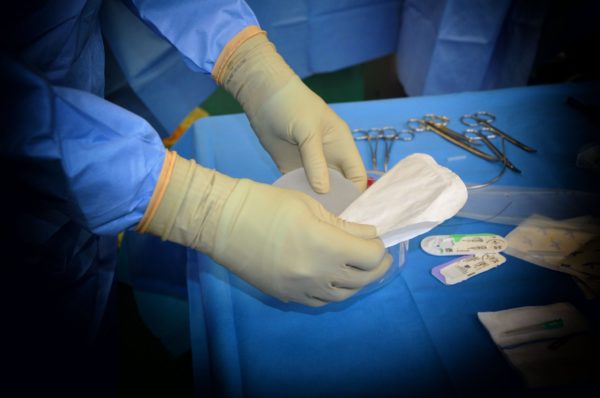Breast Reconstruction Surgery
Alternatives to Breast Implants
Flap Reconstruction
Breast reconstuction with the flap reconstruction method is normally done following mastectomy, if breast implants are not desired. Some women also opt for this method, as an alternative to having breast implants to achieve larger breasts. There are various surgical methods and below I have listed the different techniques and how they work.
Body Type
If you have enough extra tissue available to recreate you breasts, the location of that tissue can influence the type of flap reconstruction you have. Depending on what you weigh you may not have enough extra tissue on your belly for a TRAM, DIEP, or SIEA flap and your consultant may recommend a GAP, TUG, PAP, or latissimus dorsi flap. Specialized centers may be able to use multiple stacked or “hybrid” flaps for one or both breasts in women who are thin and wish to avoid using breast implants.
Breast Size
If your breasts are large, you may have to use the donor site that has the most available extra tissue. The stacked or “hybrid” techniques may be used to supply more volume when necessary. Or, a flap reconstruction could be combined with breast implants.
Pregnancy
If you plan to get pregnant after your breast reconstruction, you may not be able to have a TRAM flap. This method uses part of the lower abdominal muscle and the stretching of the abdomen during pregnancy, may put too much strain on the abdominal wall following a TRAM flap. The DIEP or SIEA flap using tissue only (no muscle) are options you may want to consider if you think you may want to get pregnant. You may also opt to use tissue from another donor site such as the buttocks or thighs.
What You Need to Know About Flap Reconstruction
Immediate Flap Reconstruction
Immediate Flap reconstruction is done following mastectomy in one procedure.
Staged Approach Flap Reconstruction
Staged approach flap reconstruction involves a masectomy with a second seperate procedure to complete the flap reconstruction.
Delayed Flap Reconstruction
Delayed flap reconstruction is done following mastectomy and other breast cancer treatments such as chemotherapy or radiotherapy. Flap reconstructions tolerate radiation therapy better than breast implants alone. If radiation is part of your treatment plan, make sure to discuss this with your plastic surgeon. Once tissue is used to build a flap, tissue from that same area cannot be used again in the future.
Pedicled Flap Reconstruction
The flap ’tissue’ remains attached to its original blood vessels and moved under your skin to your chest. This method has been around longer and is easier, so tends to be more widely available.
Free Flap Reconstruction
The Flap ’tissue’ can be completely separated from its original blood vessels and picked up and moved to its new place in your chest. This is frequently referred to as a ‘Free Flap Reconstruction.’ Free Flap recontruction involves attaching the blood vessels from the tissue flap to the vessels in the chest area so that the new breast gets sufficient blood supply. This means your plastic surgeon needs to have skill in microsurgery.
Remember
If you gain or lose weight, the size of your breasts following a flap reconstruction can change.
Flap Procedures Explained
Latissimus Dorsi Flap
This method uses tissue from your back and is almost always combined with breast implants.
DIEP Flap, SIEA Flap, TRAM Flap
This method uses tissue from your abdomen. Many women are pleased with breast reconstruction using abdomen tissue, because it’s like having a tummy tuck at the same time.
IGAP Flap, SGAP Flap/Hip Flap
Uses tissue from your hips and, or buttocks.
PAP Flap, TUG Flap
Uses tissue from your thighs.
Body Lift Perforator Flap, Stacked DIEP FlapStacked/’Hybrid’ GAP Flap
Uses a combination of tissue from your abdomen, hips, buttocks, and, or thighs.
Nipple Reconstruction
Skin Flap Nipple Reconstruction:
During this procedure your surgeon will raise small flaps of skin, from around the area where the intended ‘new’ nipple will be located. The skin flaps are folded and stiched together above the level of the surrounding skin to create a bump that will become the new nipple. Nipples created using this method may retract or flatten over time and you may need a second procedure to resolve this.
Skin Graft Reconstruction
The surgeon will take a small piece of skin from a different part of the body to create the areola. Depending on the amount of available skin tissue, they may be able to construct the nipple from the skin of the breast mound. This procedure works well, if there is not enough skin tissue on the breast mound to create both the nipple and the areola. The same as with the skin flap method, nipples created using this method may become flatter over time.
Medical Nipple Tattoos
A medical tattoo over the top of a reconstructed nipple can help create the pigmented areola to make it look more natural. A person can also choose to skip nipple reconstruction surgery and get a nipple tattooed directly onto the breast mound. Nipple 3D tattooing uses clever shading to create the appearance of a raised nipple.
Hospitals and Plastic Surgeons in Your Area
Flap reconstruction procedures require special surgical techniques, and may include microsurgery. Not all surgeons have experience with these techniques. If you feel strongly about having flap reconstruction, you may have to do some research to find surgeons and facilities that offer the flap reconstruction procedure you want.
My Advice
Only use a surgeon that has done this type of procedure at least 20 times in the last 12 months.
In addition, ask the following questions:
- If they have any complaints registered against them with the GMC.
- How many times they’ve performed this operation in the last year.
- How many times they’ve had to do revision surgery (additional surgery to repair or change something they’ve already done).
- After your consultation go over all the information provided.
- Make sure you feel comfortable with the reasons behind why the consultant has advised you to have the procedure discussed.
- Do you feel confident your consultant knows what you are wanting to achieve?
- Ask to see before and after photos of women who have had the same procedure your consultant is suggesting. However always remember that you are only seeing the best of the consultant’s work.
What to Check About Your Surgeon
When you choose a plastic surgeon who is properly certified, you are assured that they have completed years of residency training in their specialty and have demonstrated knowledge and competence by successfully completing a rigorous examination.
UK
- Check if your surgeon is a registered surgeon with the Royal College of Surgeons.
- In addition check, the hospital or clinic is registered with the Care Quality Commission (CQC)
USA/CANADA
- Check your surgeon is Board Certified which means a surgeon holds certification by a surgical board that is approved by the American Board of Medical Specialties.
- Check with with your State Medical Board for any complaints or disciplinary actions taken against the plastic surgeon.
- The letters F.A.C.S. (Fellow of the American College of Surgeons) after a surgeon’s name are an indication that a surgeon in the USA or Canada has passed a thorough evaluation of both professional competence and ethical fitness.
- Fellows are board-certified plastic surgeons or, in unusual circumstances, have met other standards comparable to board certification.




